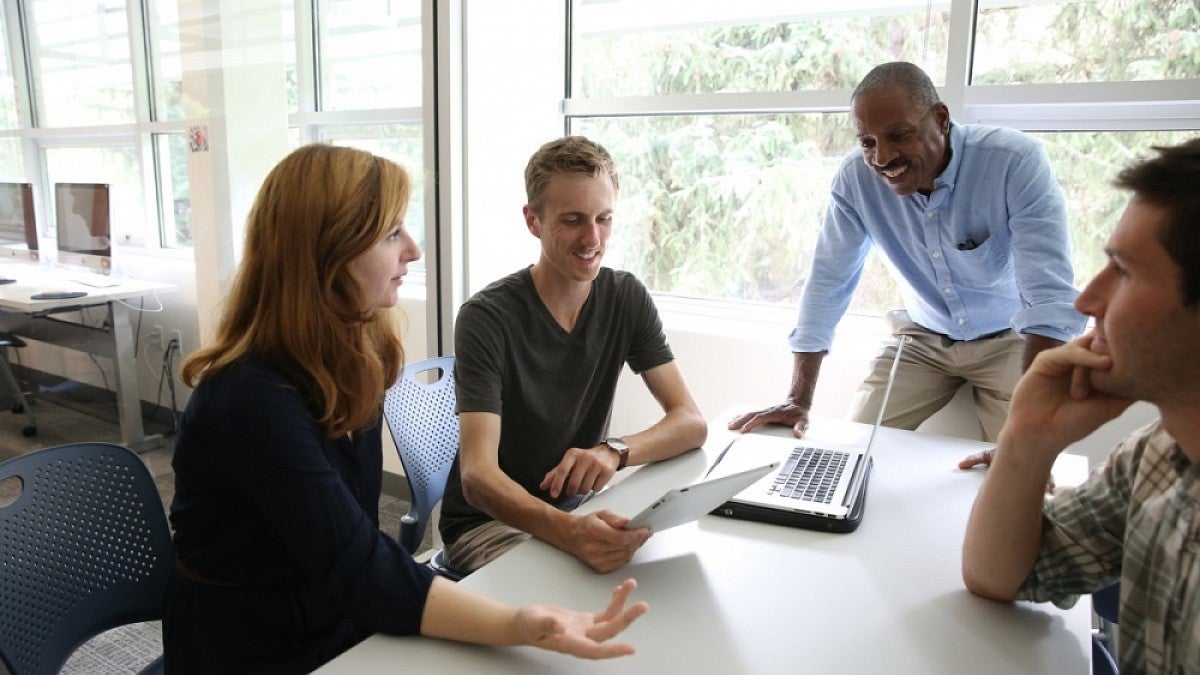Despite efforts to make it harder to spread fake news, the problem does not seem to be going away. And some of the people most susceptible to it are students, the primary consumers of social media where fake news is shared.
In an attempt to nip this problem in the bud, the UO’s School of Journalism and Communication and College of Education, along with education thought leaders Esther Wojcicki and Tara Guber, have joined forces to found the Journalistic Learning Initiative, a program that enhances existing English and language arts courses in middle schools and high schools to help students develop critical and informed thinking. Journalism professor Ed Madison recently wrote about the effort in The Conversation.
So far, in the one middle school and one high school in Oregon where the Journalistic Learning Initiative is currently operating, 85 to 90 percent of the participating students agreed that the skills learned in the program were useful and relevant. There are plans to expand to four more Oregon schools and two in Los Angeles in the fall.
“Though journalism doesn’t have the same curricular status as Advanced Placement or Honors English, it does embody important fundamentals to these — and most — educational standards: research methods, content creation and media literacy,” Madison wrote. “What’s more, it’s an opportunity for educators to play a part in helping students become truly informed thinkers.”
For more, see “How a journalism class is teaching middle schoolers to fight fake news.” It was also picked up by the Houston Chronicle, The Raw Story, SF Gate and many other media outlets.
Madison spent years working in network television, film and commercial projects. At age 22 he became a founding producer for CNN and went on to work with many major networks, including CBS, ABC, Paramount and Disney. His current research looks at secondary-level education and the advantages of working journalism into the curriculum.


